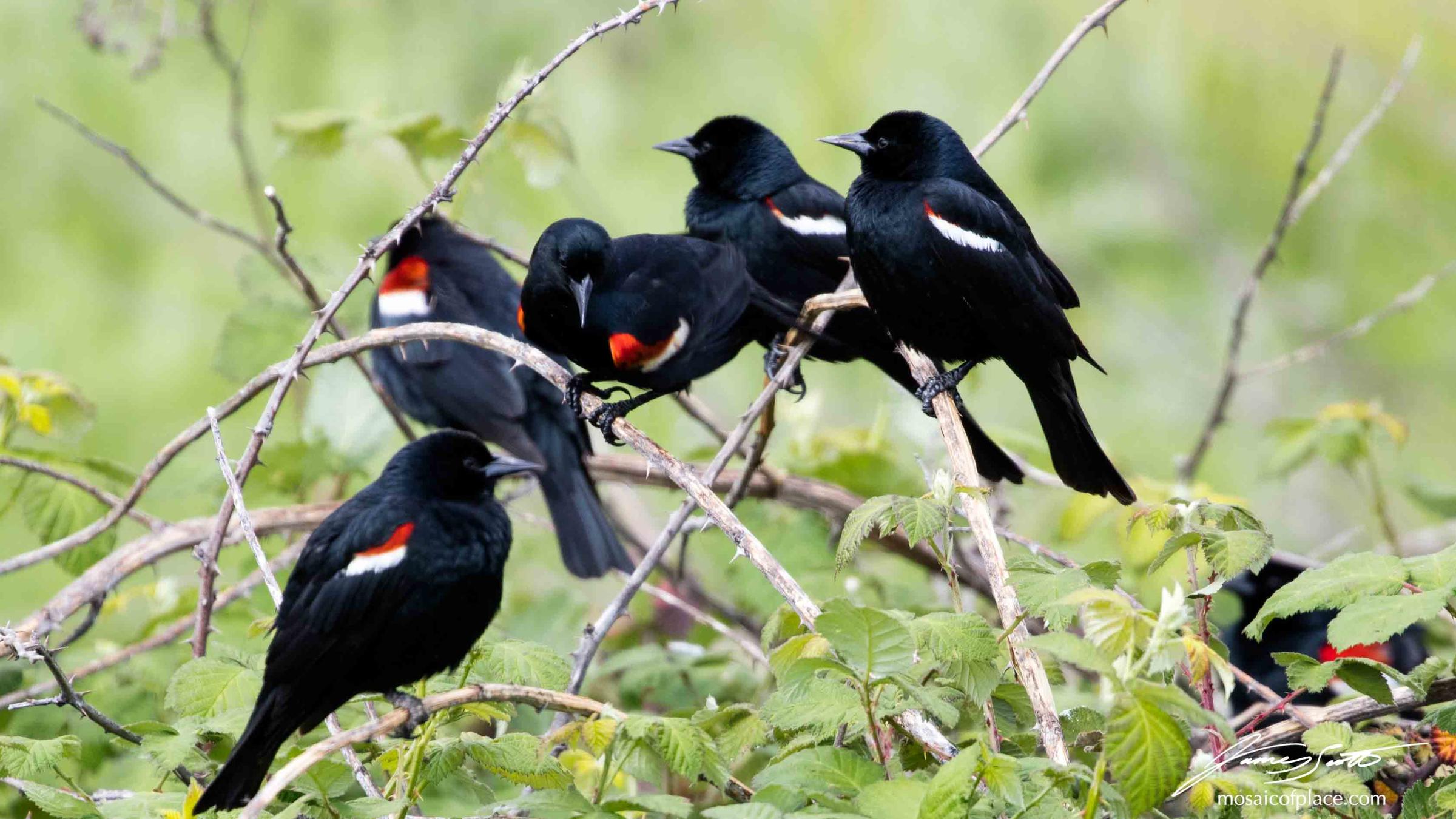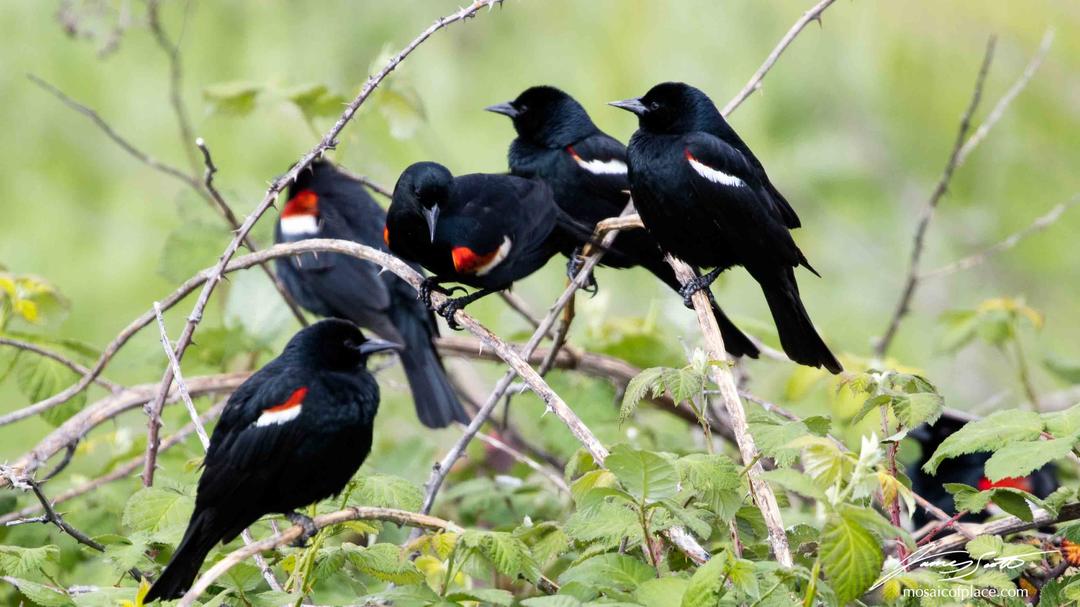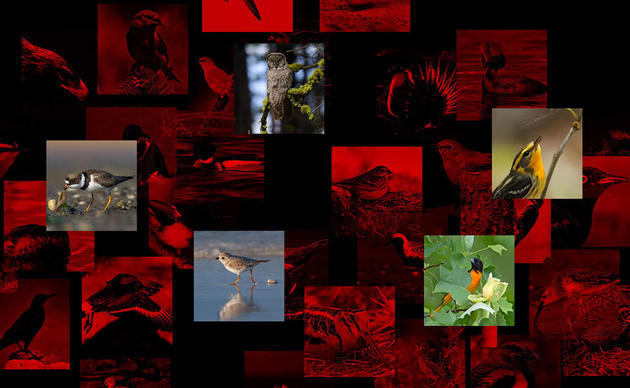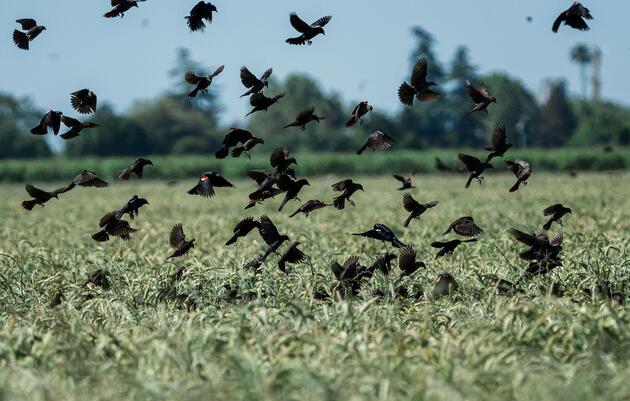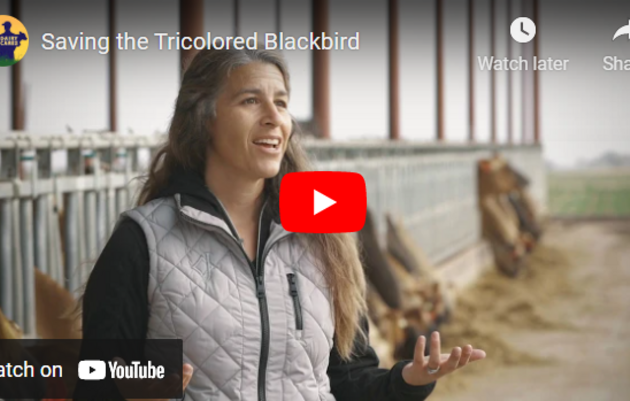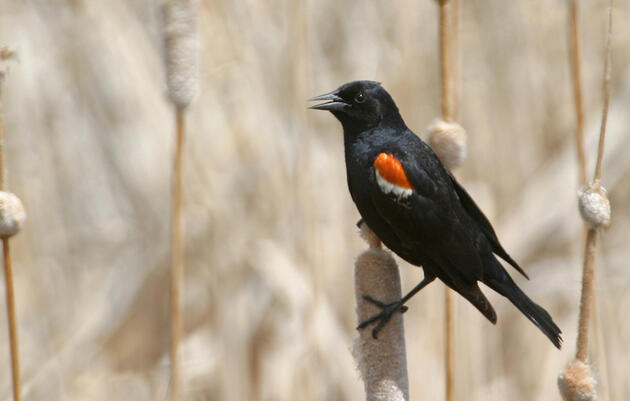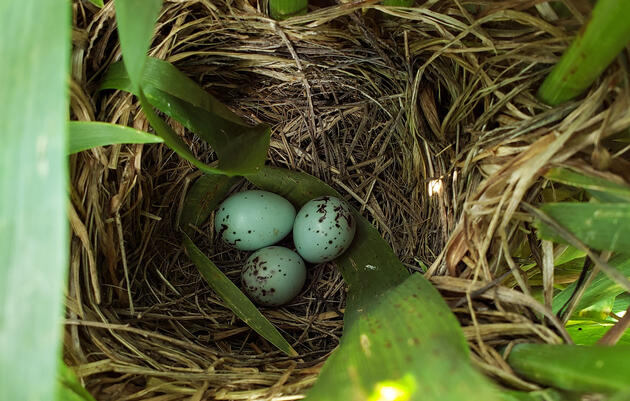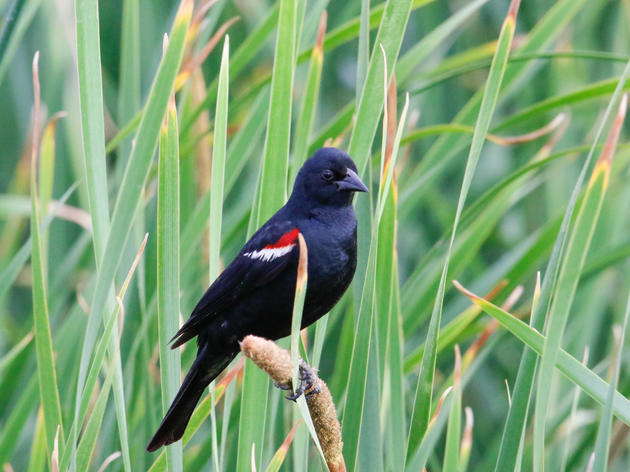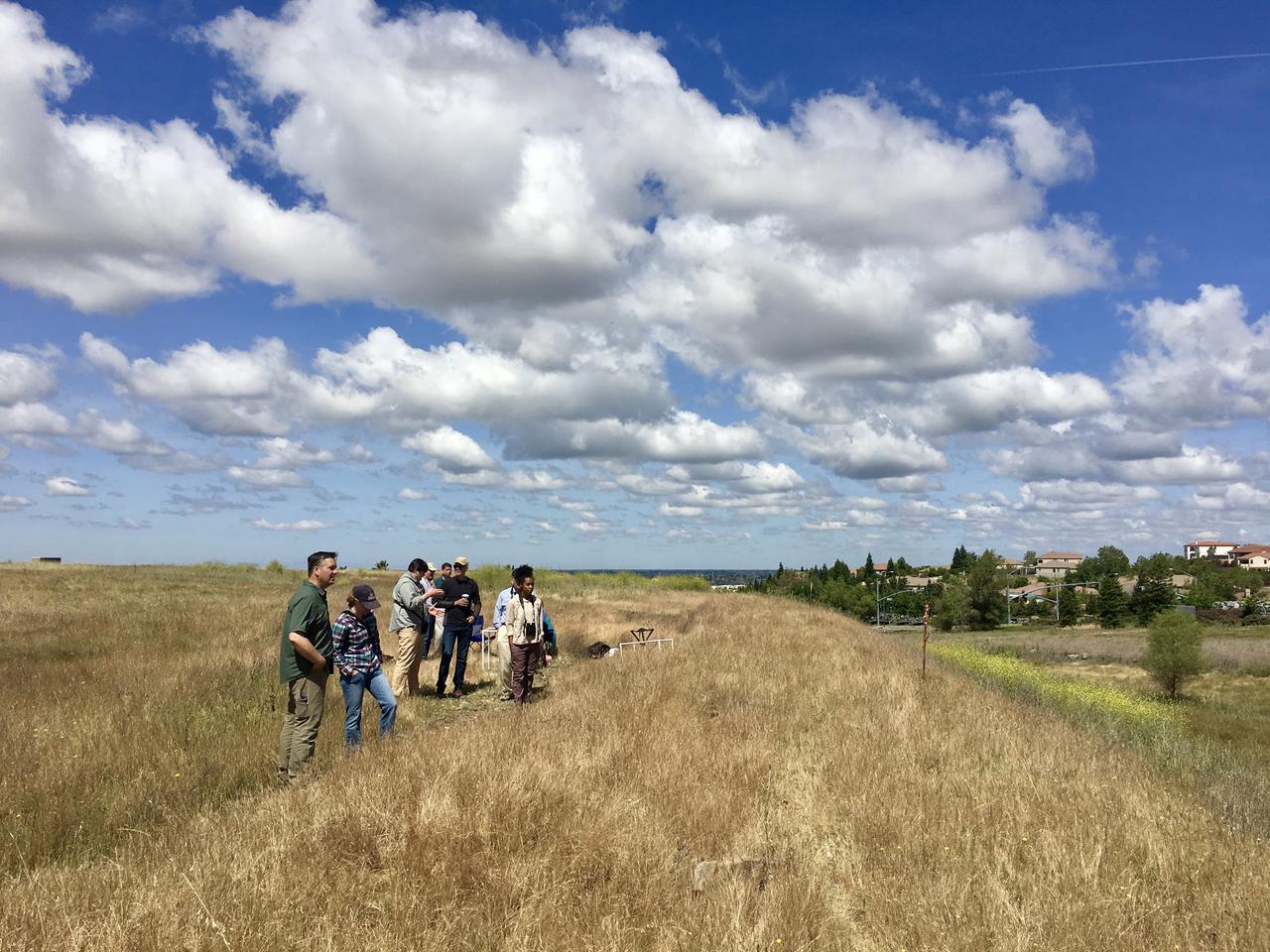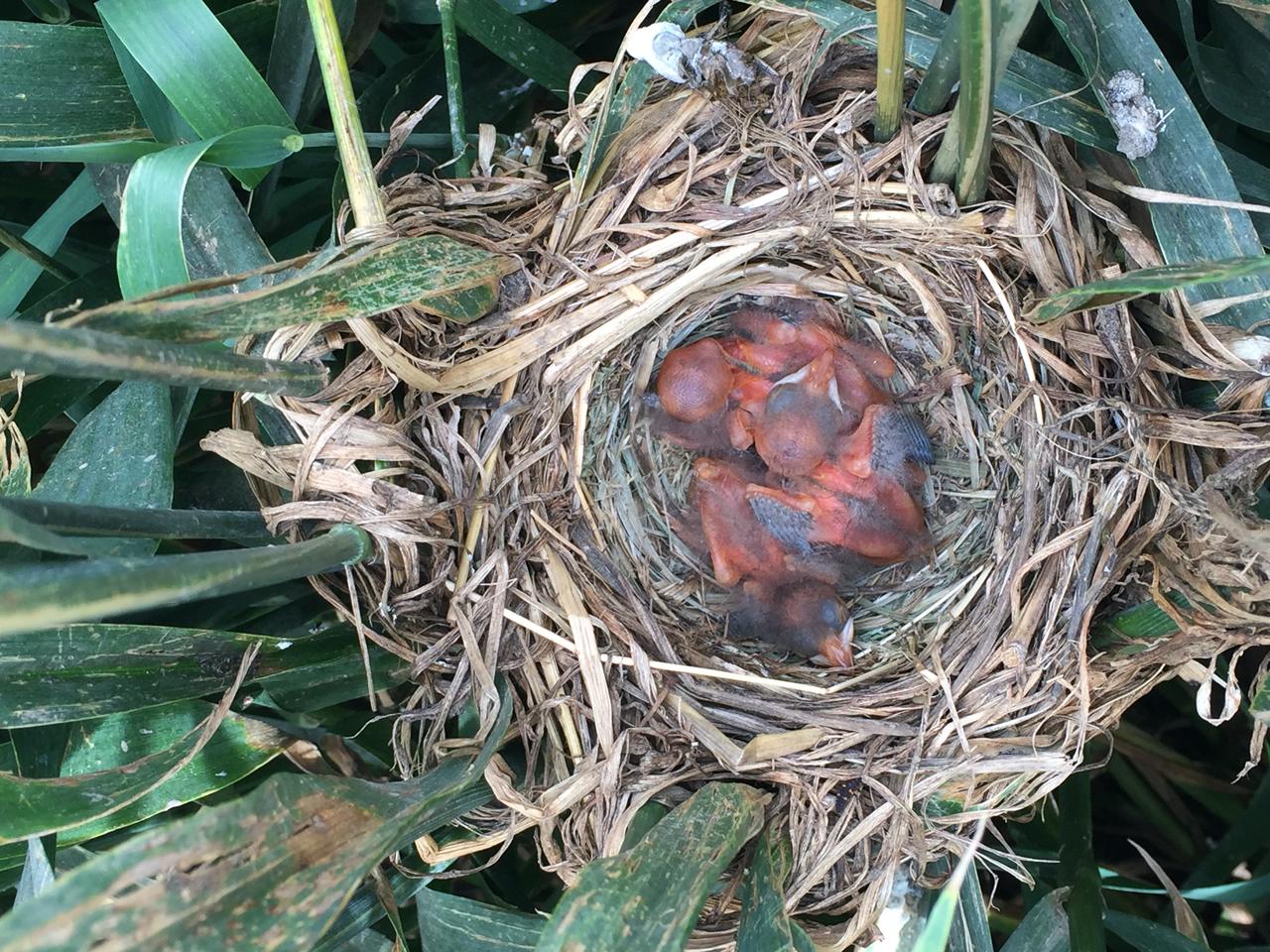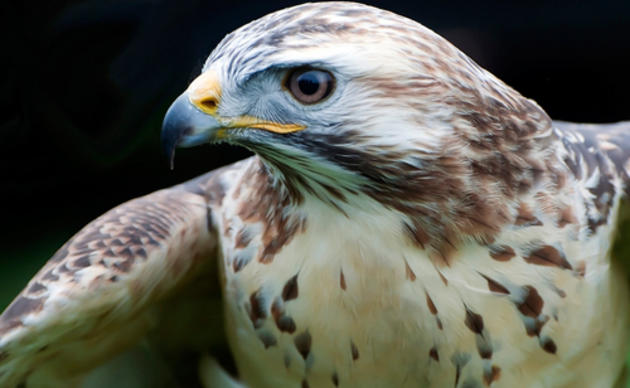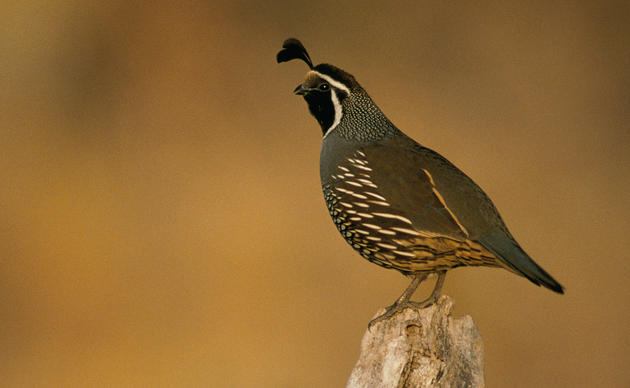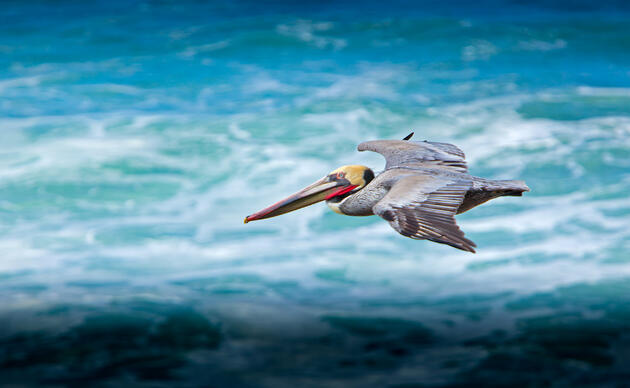The Tricolored Blackbird is North America's most colonial nesting landbird. Found almost exclusively in California, a single breeding colony can teem with over 35,000 birds, sometimes all settled into a single field or small wetland to raise their young. While similar to the more widespread Red-winged Blackbird, the male Tricolored Blackbird is distinguished by its red shoulder patch with a bright white wing-bar.
In the 19th century, Tricolored Blackbird flocks were described as numerous and often consisted of hundreds of thousands of birds. Since then, the population has declined from several million to approximately 177,000 today. Over a 10-year period from 2007 to 2016, it is estimated the population declined by as much as 34%.
There are many reasons for this decline. But the loss of native wetland and nearby foraging habitats along the coast and in the Central Valley is the main issue. In more recent years, the species has become dependent on agricultural lands, with most of the largest colonies nesting in grain fields. A real dilemma develops as Tricolored Blackbird young typically have not yet left the nest before the time farmers need to harvest their crop, and harvesting destroys Tricolored Blackbird nests and young. In some cases, tens of thousands of nests have been lost in a single field.
Each year, these birds gather in highly social colonies to raise their young throughout the San Joaquin Valley, Sacramento Valley, Sierra Foothills, Central Coast, and Southern California. However, with the continuing loss of habitat and the places they need to survive are becoming scarcer. As a result of this continued habitat loss and drastic population decline, Tricolored Blackbirds were recently listed under California's Endangered Species Act thus highlighting the recovery of this species is more critical than ever.
Audubon California's Xerónimo Castañeda shows us a great Tricolored Blackbird colony in the Central Valley.
Tricolored Blackbirds Once Faced Extinction—Here's What's Behind Their Exciting Comeback
For a decade Audubon California and partners have worked with farmers to delay harvests where the birds nest, solving what was once the biggest threat to the species.
Farmers Play Key Role in Protecting Tricolored Blackbirds
Watch this video by Audubon's partner Dairy Cares in the Central Valley
Collaborative Conservation
We work closely with landowners and partners in the Tricolored Blackbird Working Group to protect the Tricolored Blackbird across California.
How Private Landowners Can Save Tricolored Blackbirds
Farms and ranches will play a critical role in conserving Tricolored Blackbirds across the Central Valley.
Latest News
Making Farmland Work for Wildlife
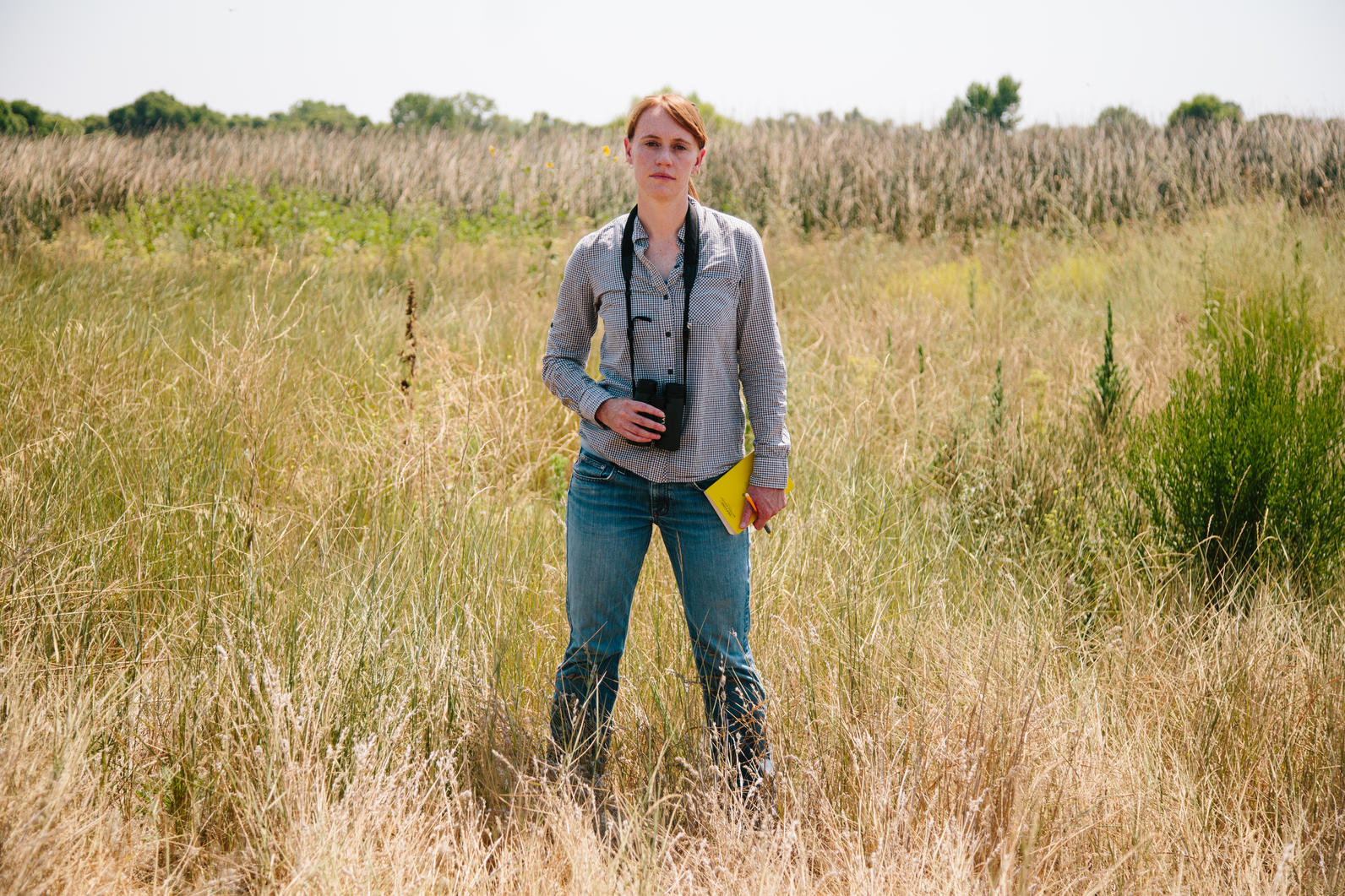
Audubon's new story series "What's a Stake" takes a look at conservation programs threatened by federal budget cuts and environmental policy rollbacks. The series highlights Audubon California's Conservation Program Director, Samantha Arthur, and her work with dairy farmers to protect Tricolored Blackbird colonies, which is funded by a federal program proposed for elimination.
Check out this great story here.
Learn more about our Working Lands Program and efforts to protect theTricolored Blackbird here.
Update from the 2017 Tricolored Blackbird breeding season
Audubon California's Samantha Arthur gives an update about our efforts to conserve rare Tricolored Blackbirds during the 2017 breeding season. Big thanks to everyone who has helped us on this important work. Learn more about our work.
USFWS writes about Tricolored Blackbird conservation
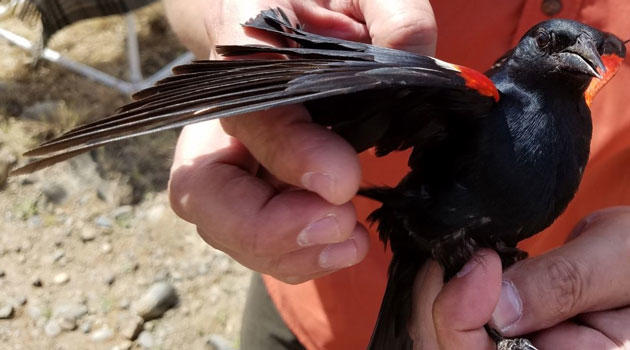
Our friends at the U.S. Fish & Wildlife Service just posted a great article and photo series about Tricolored Blackbird conservation. They've been doing some banding to learn more about this rare mostly-Caliornia bird.
Tricolored Blackbirds in Riverside
Tricolored Blackbirds were once quite common in Southern California, but a number of factors have led to their near disappearance from the region. This colony at the San Jacinto Wildlife Area is one of the few exceptions. This video was shot by Rose Cook in early May, and it's great to see and hear the birds in the field of Curly dock (Rumex crispus).
Learn more about our efforts to save these birds here: http://ca.audubon.org/birds-0/tricolored-blackbirds
Update on Tricolored Blackbird breeding - May 2, 2017
Audubon California's Samantha Arthurs gives a quick update on this seasons Tricolored Blackbird breeding.
Update from a new Tricolored Blackbird colony in Sacramento County
Audubon California field technician Bill Abbott shows a colony of Tricolored Blackbirds in Sacramento County.
Audubon California's Samantha Arthur took this photo of Tricolored Blackbird chicks in a nest in Tulare County. With a declinging species like this, every chick is incredibly valuable. Learn how we're working to protect this rare species, and how you can help.
Tricolored Blackbirds in Sacramento County
Our own Samantha Arthur caught video of this large colony of about 3,000 Tricolored Blackbirds in Sacramento County over the past weekend. These birds are in a patch of blackberry off I-50, and the birds fly over the highway to forage in the foothill grasslands. Right now the birds are nest building and breeding. The males are singing and the colony is very active. Soon they will quiet down and incubate eggs.
Our staff is out in the field with a variety of partners looking to protect Tricolored Blackbird colonies.
How you can help, right now
Get Audubon CA in Your Inbox
Our newsletter is fun way to get our latest stories and important conservation updates from across the state.
Donate to Audubon
Help secure the future for birds at risk from climate change, habitat loss and other threats. Your support will power our science, education, advocacy and on-the-ground conservation efforts.
HOTSPOT: Flyover of California's Birds and Biodiversity
California is a global biodiversity hotspots, with one of the greatest concentrations of living species on Earth.

